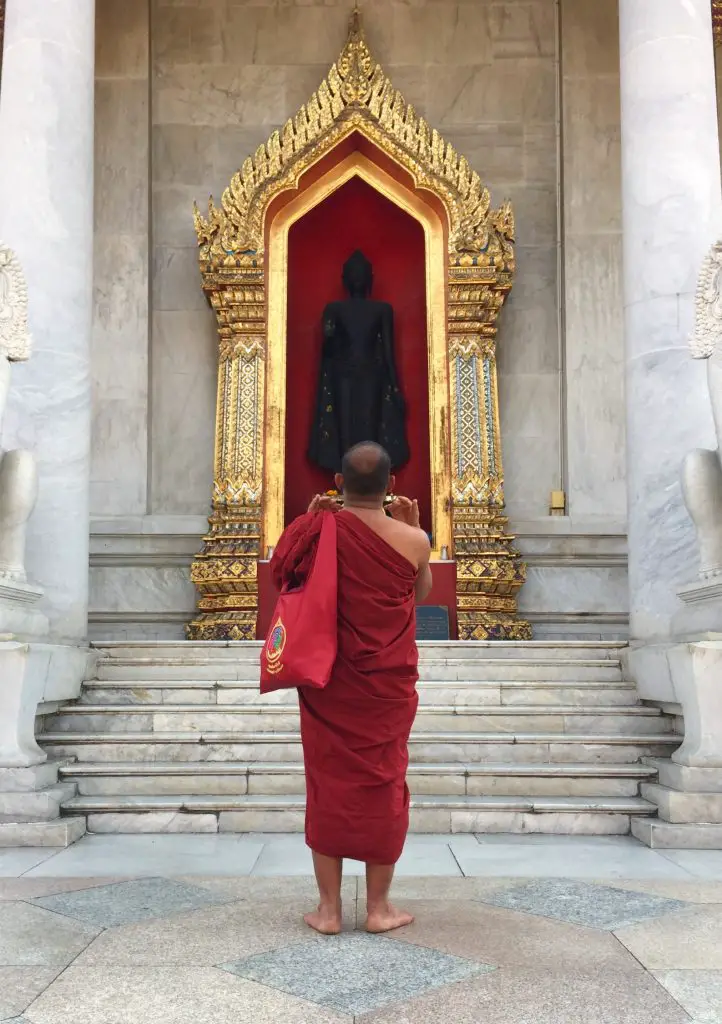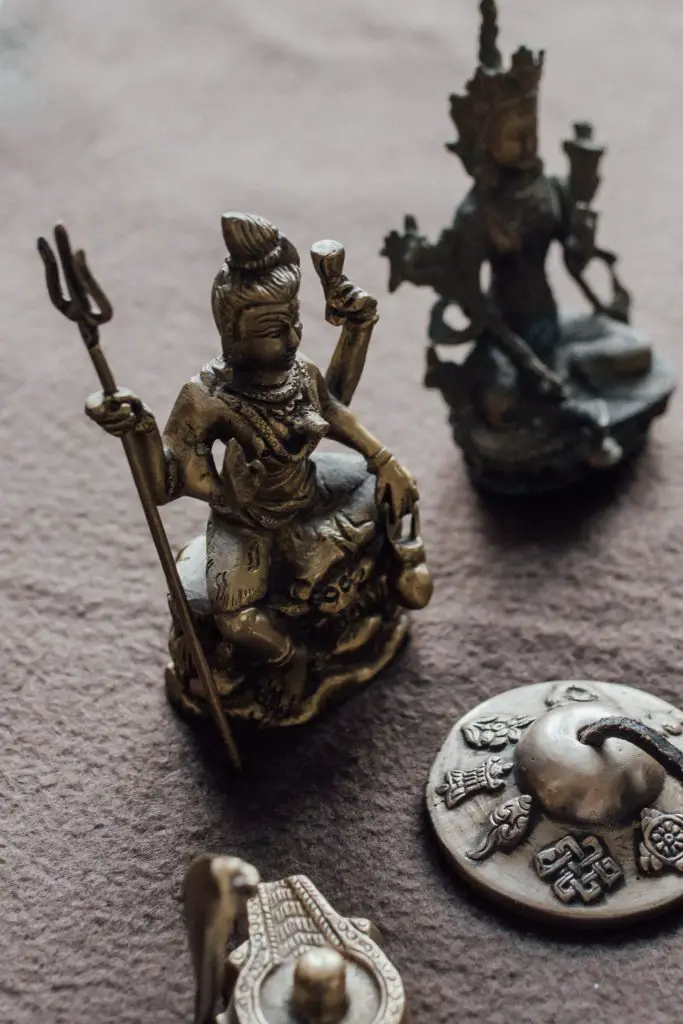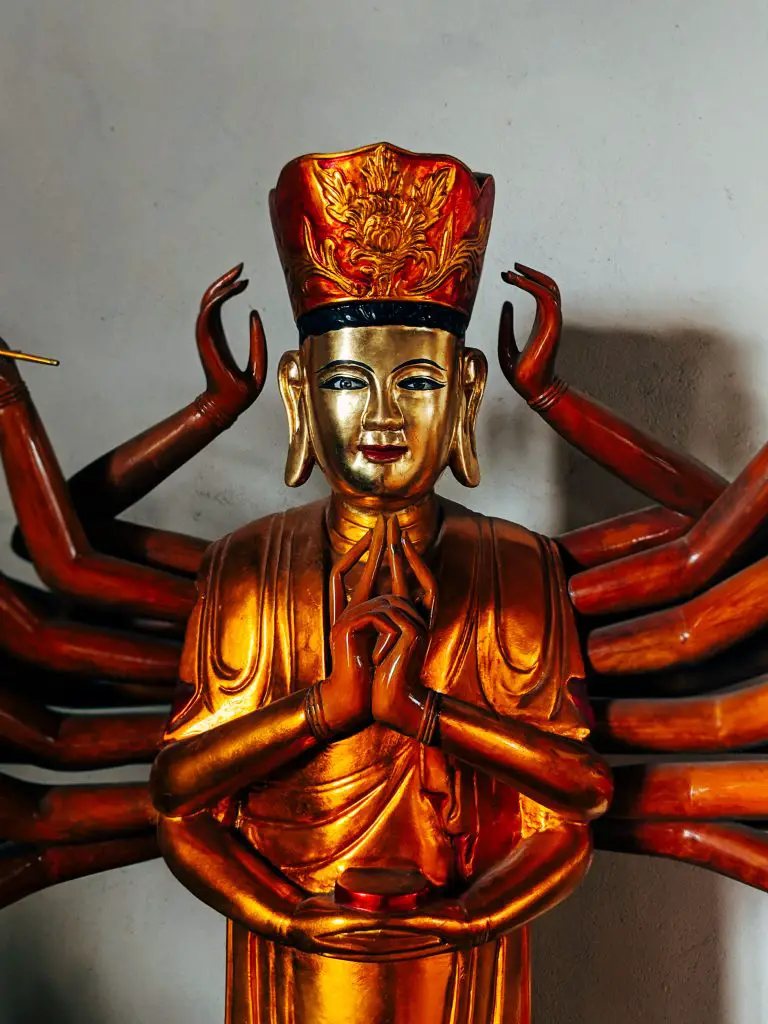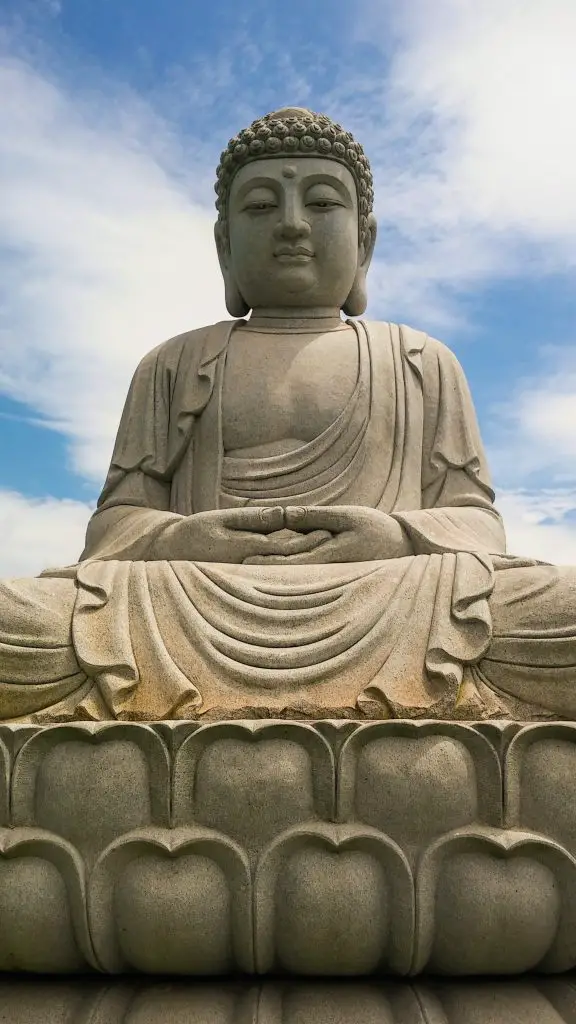Dzogchen is a form of meditation that is deeply rooted in the Tibetan Buddhist tradition. It is often referred to as the “Great Perfection” and is considered to be one of the most advanced forms of spiritual practice. The goal of Dzogchen is to help individuals realize their true nature, which is said to be pure, luminous, and free from all limitations.

Unlike other forms of meditation, Dzogchen Meditation does not involve any specific techniques or methods. Instead, it is based on the principle of non-doing, which means that practitioners are encouraged to simply rest in a state of pure awareness. This approach allows individuals to connect with their true nature without any distractions or obstacles.
While Dzogchen may seem simple in theory, it is actually a very profound and complex practice. It requires a deep understanding of the nature of mind and a willingness to let go of all preconceptions and expectations. For those who are willing to commit to this path, however, Dzogchen can be a powerful tool for spiritual transformation and awakening.
What is Dzogchen Meditation?

Dzogchen meditation is a practice that aims to help the meditator realize their perfect nature within themselves that is full of wisdom, insight, unlimited awareness, and compassion. It is a very advanced system of meditation on the deepest, subtlest, foundational levels of mind. The practice of Dzogchen is aimed at discovering and continuing in the ultimate ground of existence.
The word “Dzogchen” means “Great Perfection” or “Great Completion.” It is a tradition of teachings in Indo-Tibetan Buddhism and Yungdrung Bon. Dzogchen is considered the highest and most profound form of meditation in the Nyingma School of Tibetan Buddhism. It reveals the pure, nondual awareness, or rigpa, that is the mind’s true nature. Once recognized, the experience of rigpa radically transforms our experience of thoughts, emotions, and perception, fundamentally changing our understanding of ourselves and the world around us.
The practice of Dzogchen is directly recognizing the true nature of one’s mind. In order to practice Dzogchen, one must have a first-person experience of pure consciousness. Only in the aftermath of becoming aware of awareness itself can Dzogchen training begin.
Origins of Dzogchen Meditation

Dzogchen is a form of meditation that originated in Tibet, and it is a fundamental practice in the Bonpo and Nyingma traditions of Tibetan Buddhism. According to the Bonpo tradition, Dzogchen was first taught by the founder of Bon, Tonpa Shenrab Miwoche, who lived 18,000 years ago. The Nyingma tradition, on the other hand, traces the origins of Dzogchen to the Primordial Buddha, Samantabhadra.
The teachings of Dzogchen have been passed down through an unbroken lineage of masters from both the Bonpo and Nyingma traditions. These masters have refined and developed the practice over the centuries, and it has become one of the most important and widely practiced forms of meditation in Tibetan Buddhism.
As per the traditional Nyingma account, Dzogchen’s origin lies in the awakened mind of the first Buddha, Samantabhadra. He was the first one to reach enlightenment and is considered a symbol of our own awakened nature, the Dharmakaya. Garab Doje is believed to be the first human master of Dzogchen, who lived a few centuries after the passing of Buddha Shakyamuni. He compiled the first Dzogchen instructions, known as the Dzogchen Tantras, which he received from Buddha Vajrasattva, who was taught by the primordial Buddha Samantabhadra.
The Practice of Dzogchen Meditation

Dzogchen meditation is a practice that is designed to help you discover the true nature of your mind. It involves stripping away all concepts and beliefs about consciousness and perception, and experiencing the pure, nondual awareness that is the mind’s true nature. Here are some key aspects of the practice:
- Preliminary Techniques: Dzogchen meditation typically begins with a set of preliminary techniques that are designed to help you prepare your mind and body for the more advanced practices to come. These may include breathing exercises, visualization techniques, and other forms of meditation that are intended to help you relax and focus your mind.
- Main Techniques: Once you have completed the preliminary techniques, you will begin to explore the main techniques of Dzogchen meditation. These may include practices such as “cutting through” or “direct introduction,” which are designed to help you experience the true nature of your mind directly and without any conceptual filters.
- Completion Techniques: The final stage of Dzogchen meditation involves the use of completion techniques, which are designed to help you integrate the insights and experiences you have gained through the practice into your everyday life. These may include practices such as “tonglen” or “lojong,” which involve cultivating compassion and wisdom in order to benefit others.
One of the key aspects of Dzogchen meditation is the emphasis on non-dual awareness. This means that the practice is designed to help you experience the true nature of your mind, which is said to be beyond all concepts of duality such as good and bad, self and other, and so on. By experiencing this non-dual awareness, you can gain a deeper understanding of the nature of reality and your place in it. Another important aspect of Dzogchen meditation is the emphasis on direct experience. Unlike many other forms of meditation, which may involve a lot of conceptualization and visualization, Dzogchen meditation is designed to help you experience the true nature of your mind directly and without any filters or intermediaries. This can be a challenging practice, but it can also be incredibly rewarding, as it can help you develop a deep sense of clarity and insight into the nature of reality.
Benefits of Dzogchen Meditation
Dzogchen meditation is an ancient Tibetan Buddhist practice that offers numerous benefits to the practitioner. Here are some of the benefits of Dzogchen meditation:
- Stress Relief: Dzogchen meditation helps to reduce stress and anxiety by promoting relaxation and calmness. It helps to release tension from the body and mind, allowing the practitioner to feel more at peace and centered.
- Improved Focus: Dzogchen meditation helps to improve focus and concentration. It teaches the practitioner to be more aware of their thoughts and emotions, and to cultivate a more focused and clear mind.
- Increased Self-Awareness: Dzogchen meditation helps to increase self-awareness and self-understanding. It allows the practitioner to explore their inner world and to gain a deeper understanding of their thoughts, emotions, and behaviors.
- Greater Compassion: Dzogchen meditation helps to cultivate a greater sense of compassion and empathy towards oneself and others. It teaches the practitioner to be more kind, patient, and understanding towards themselves and others.
- Enhanced Spiritual Growth: Dzogchen meditation helps to enhance spiritual growth and development. It teaches the practitioner to connect with their true nature and to develop a deeper understanding of the nature of reality.
Overall, Dzogchen meditation offers a wide range of benefits to the practitioner. It is a powerful tool for personal growth, development, and transformation.
Common Misconceptions about Dzogchen Meditation
Dzogchen meditation, also known as the Great Perfection, is a form of meditation that has been practiced by Bonpo and Buddhist yogis for over 1,200 years. Despite its long history, there are still many misconceptions about this practice. Here are some of the most common:
- Dzogchen meditation is only for advanced practitioners: While it is true that Dzogchen meditation is considered an advanced meditation practice, it is not only for experienced practitioners. Anyone can learn and practice Dzogchen meditation, regardless of their level of experience.
- Dzogchen meditation is only for Buddhists: While Dzogchen meditation is a Buddhist practice, it is not limited to Buddhists. Anyone can practice Dzogchen meditation, regardless of their religious beliefs.
- Dzogchen meditation is about emptying the mind: This is a common misconception about many forms of meditation, including Dzogchen. While some forms of meditation do involve emptying the mind, Dzogchen meditation is not one of them. Instead, it is about recognizing the true nature of consciousness.
Another common misconception about Dzogchen meditation is that it is a form of hypnosis. While there are similarities between the two practices, they are not the same thing. Dzogchen meditation is a form of spiritual practice, while hypnosis is a therapeutic technique.
It is important to dispel these misconceptions about Dzogchen meditation so that more people can benefit from this powerful practice. Whether you are a beginner or an experienced practitioner, Dzogchen practice can help you cultivate greater awareness, compassion, and wisdom.
Here is a video with Dzogchen meditation instructions:
Conclusion
Dzogchen meditation is an advanced system of meditation that focuses on the deepest, subtlest levels of the mind. It aims to strip away all concepts about the true nature of consciousness and provide a practical, direct path to understanding the true nature of reality.
Through Dzogchen meditation, practitioners can learn to recognize how consciousness always is, regardless of what they experience. They can relax into the emptiness, clarity, and awareness of ever-present buddha wisdom.
It is important to note that Dzogchen meditation requires a real awakening experience before it can be practiced effectively. Practitioners must first learn what emptiness actually means, at least intellectually, before they can jump to the conclusion that the nature of the mind possesses all the qualities of enlightenment.
Overall, Dzogchen meditation is a powerful tool for those seeking to deepen their understanding of the mind and reality. By stripping away concepts and focusing on the deepest levels of the mind, practitioners can gain insight into the true nature of consciousness and achieve enlightenment.
